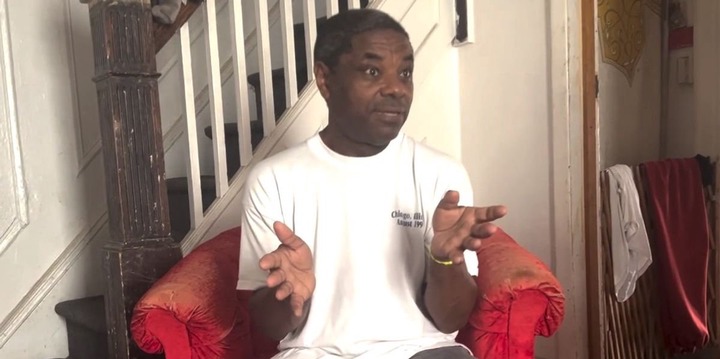
The case of the disappearance of a 37-year-old woman, Savannah Anderson, from Williamsburg, Kentucky, on February 11, 2018, shocked the nation. Her loved ones were distraught and the community was shaken. Months after her disappearance, Joseph Samuel James Bauer was charged with complicity to commit murder, complicity to first-degree robbery, complicity to tampering with physical evidence, and complicity to being a convicted felon in possession of a handgun in her presumed death.
The details surrounding Anderson’s disappearance are still unclear, but it appears that Bauer was involved in her death. However, he denied actually killing her, and it is not known who the actual perpetrator was. Bauer was sentenced to ten years in prison after pleading guilty to complicity to commit murder and facilitation to commit robbery in Anderson’s case. He received five years for each charge.
While the sentencing of Bauer brought some closure to Anderson’s loved ones, they still did not know what happened to her or where she was. However, in December 2022, almost four years after her disappearance, Anderson’s remains were found in a wooded area near Interstate 75 in Cleveland, Tennessee. This discovery gave her family some closure, but it also reopened wounds that had barely begun to heal.
The investigation into Anderson’s death is ongoing, but the police have stated that they expect to make other arrests in connection to her presumed murder. It is not clear if Bauer was acting alone or if he was part of a larger group that was responsible for Anderson’s death. However, the fact that the police expect to make other arrests suggests that they have reason to believe that there are others involved.
The case of Savannah Anderson highlights the issue of missing persons in the United States. According to the National Missing and Unidentified Persons System (NamUs), there are over 600,000 missing person cases in the United States. While many of these cases are resolved quickly, there are still many cases that remain unsolved, leaving loved ones with no closure.
In recent years, there have been efforts to address the issue of missing persons. The National Missing and Unidentified Persons System (NamUs) was created in 2007 to help law enforcement agencies and families of missing persons solve cases. NamUs is a national information clearinghouse and resource center for missing, unidentified, and unclaimed person cases. It provides a platform for law enforcement agencies, medical examiners, and families of missing persons to collaborate and share information.
Another organization that works to address the issue of missing persons is the National Center for Missing and Exploited Children (NCMEC). The NCMEC was established in 1984 and works to help find missing children, reduce child sexual exploitation, and prevent child victimization. The organization provides a variety of services, including case management, technical assistance, and training for law enforcement agencies and families of missing children.
In addition to these organizations, there are also various state and local resources that are available to help families of missing persons. These resources include state missing person clearinghouses, missing persons advocacy groups, and private investigators.
In addition to these organizations, there are also various state and local resources that are available to help families of missing persons. These resources include state missing person clearinghouses, missing persons advocacy groups, and private investigators.
While these resources are available, there is still much work to be done to address the issue of missing persons. The case of Savannah Anderson highlights the fact that there are still many cases that remain unsolved, leaving loved ones with no closure. It is important that law enforcement agencies, families of missing persons, and organizations like NamUs and the NCMEC continue to work together to find missing persons and provide closure for their loved ones.
